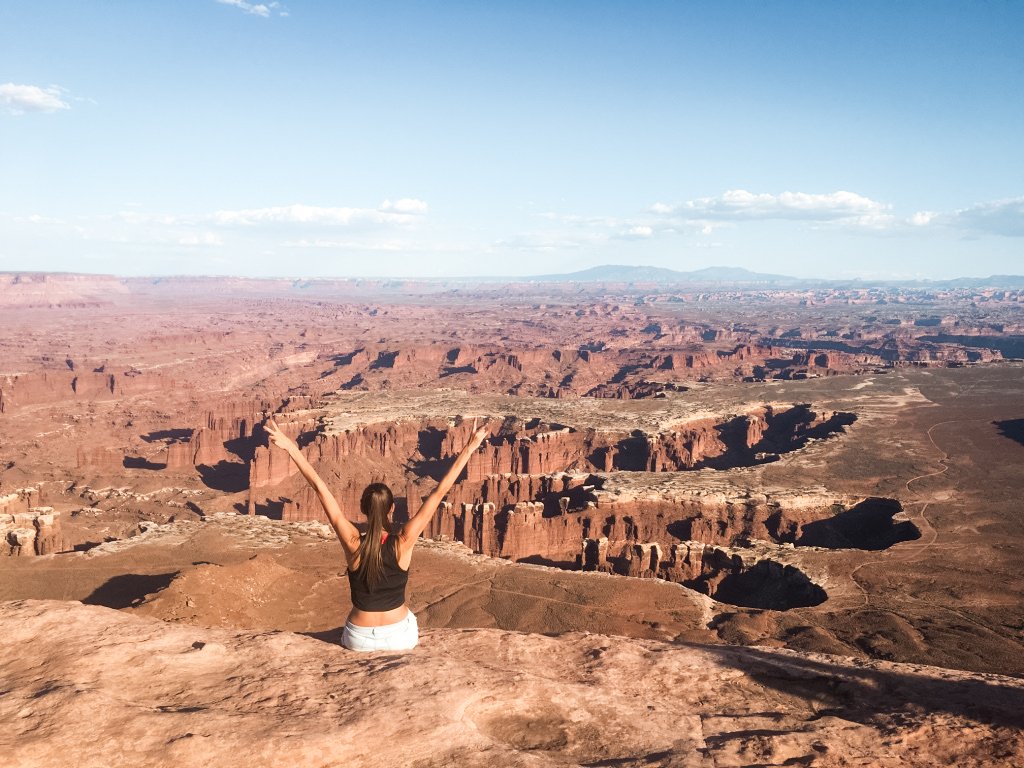
Utah is arguably the most beautiful state in the USA. The landscape here is unlike any other state which is why it’s home to FIVE national parks, aka The Big 5 National Parks. Because of that fact, it’s a popular place for road trips, camping and hiking.
The Big 5 are Zion, Bryce, Capitol Reef, Canyonlands and Arches. They all happen to be located in the southern part of the state which makes for a great road trip from Salt Lake City or Las Vegas. But which is the best? I’m ranking the Big 5 national parks in Utah and you might be surprised which one lands at the top!
How am I ranking? Overall experience and things to see. My husband and I like to do some hiking but we aren’t avid hikers and certainly have not been on enough hikes through these parks to determine it from a hiking stand point. We have, however, been to all 5 and have done some of the most popular hikes, as well as a lot of the viewpoints. So, overall experience will be the deciding factor.
5. Arches National Park
Coming in last place is Arches National Park. Arches was a lot of red and orange rock. It has some cool formations and is of course, well known for having an abundance of natural rock arches throughout. Apparently there are over 2,000 documented arches here.
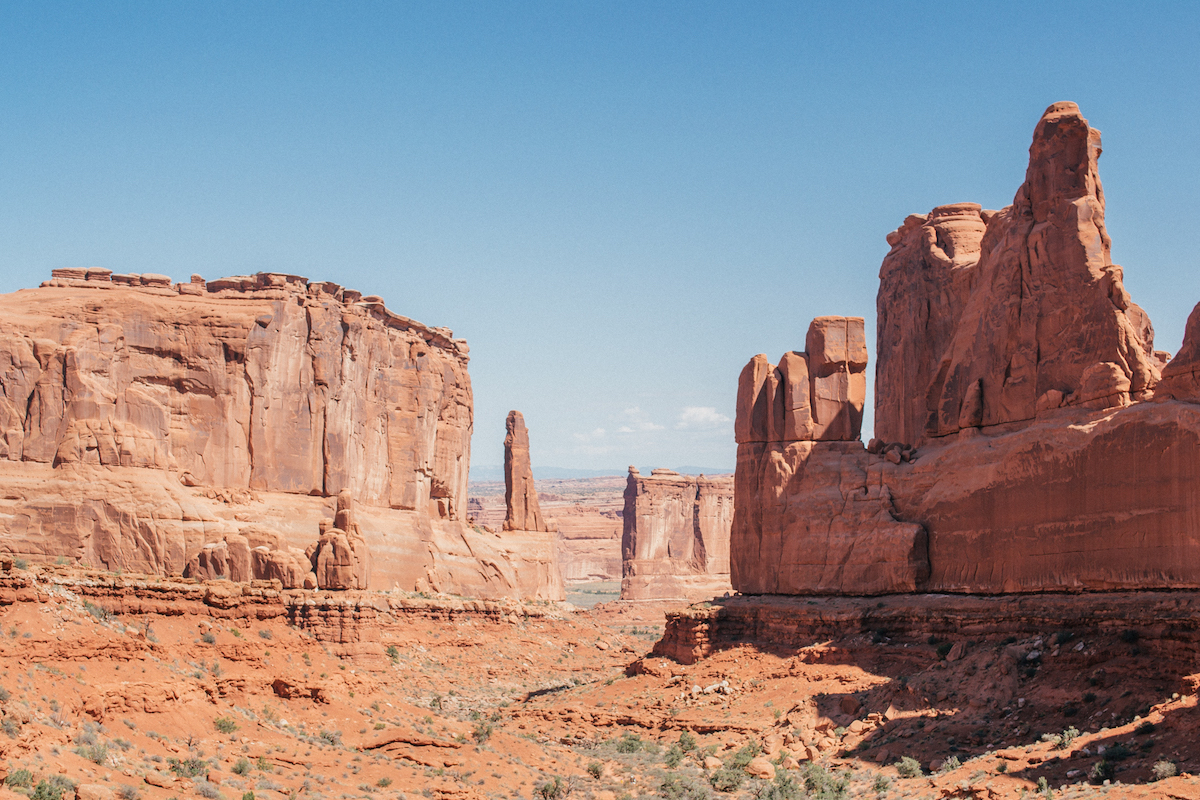
However, the lack of diverse attractions puts it at #5 for me. After you’ve seen a few arches, they all start to look similar. Plus, Arches National Park is not the only place you can see rock arches. They happen to be all over Utah and are even at some of the other parks. There are arches galore.
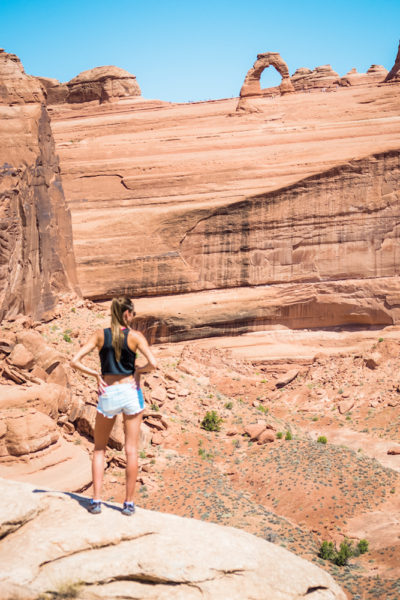
We did enjoy the hikes we went on–one of the most popular being to Delicate Arch on top of a rock cliff. And the hike to Landscape arch takes you through some pretty scenery.
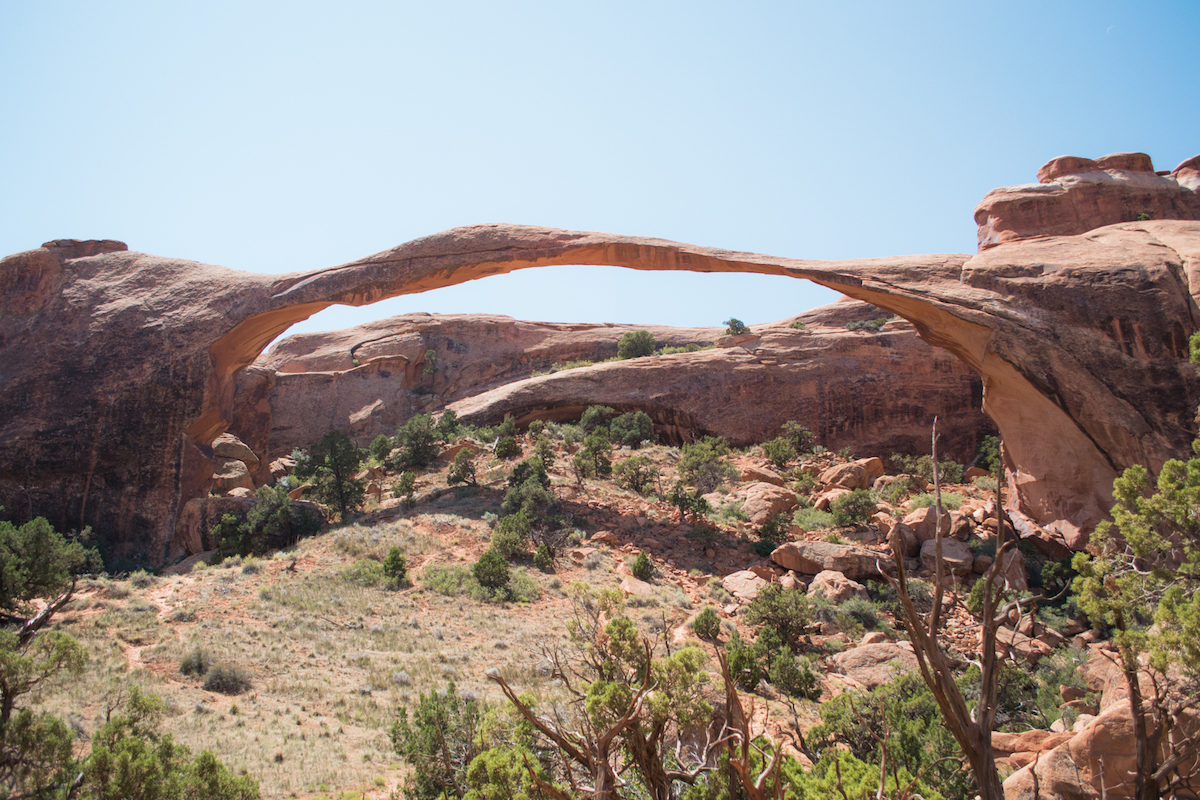
4. Capitol Reef National Park
Capitol Reef is pretty interesting because there is actually a highway that drives through the center of it. That’s right, you can actually drive through on HWY-24 and hit several viewpoints without ever paying an entrance fee. Of course, if you want to explore the rest of the park, you’ll have to pay or show your America the Beautiful Pass.

Capitol Reef is actually a long and skinny national park. It’s about 60 miles from north to south, but only about 6 miles wide. Explore the sandstone shapes in Cathedral Valley, hike to Hickman Bridge or see the Cassidy Arch. The sandstone formations are cool to see and the differentiation between rocks and colors. But I think it lacks the ‘wow factor’ that some of the other parks have.
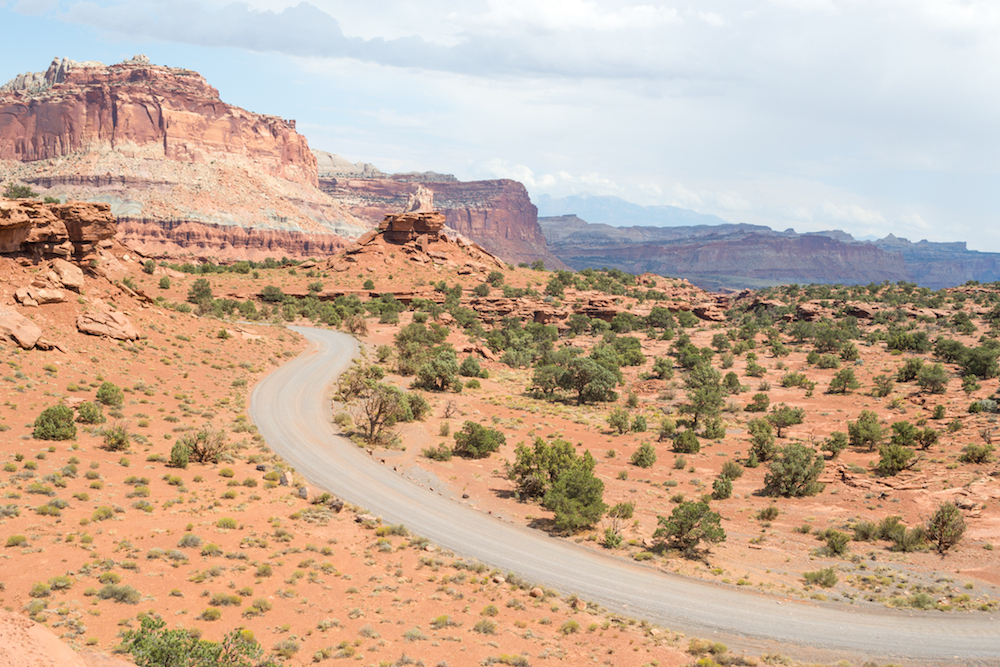
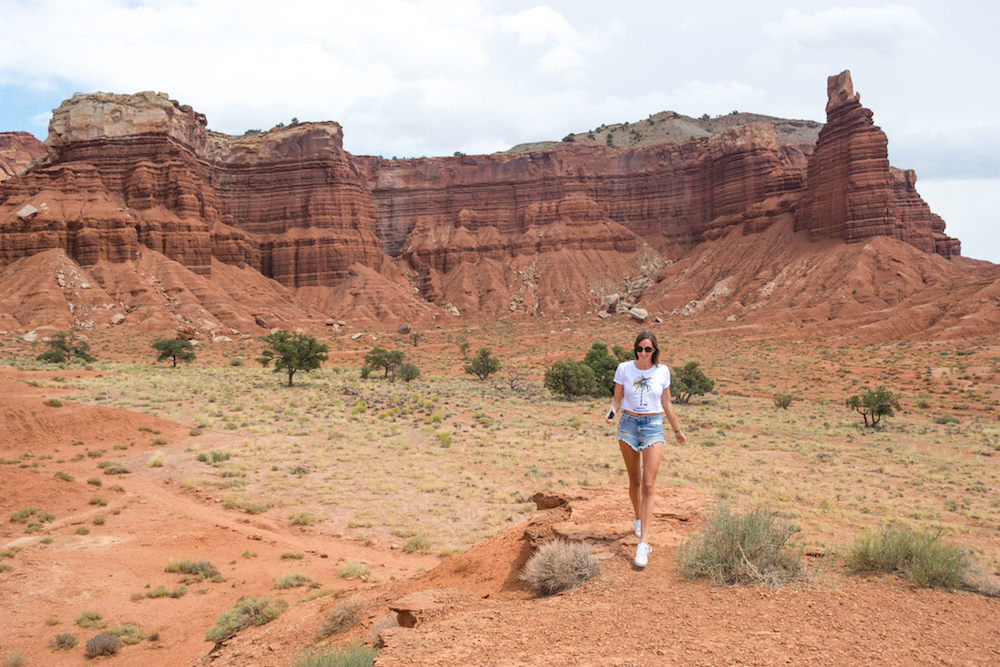
However, if we were including the area outside of Capitol Reef, this would be in my top two, easily. Just outside of the park, is some very unique landscape in Utah and it’s a fun adventure getting there. But it’s not technically within the park.
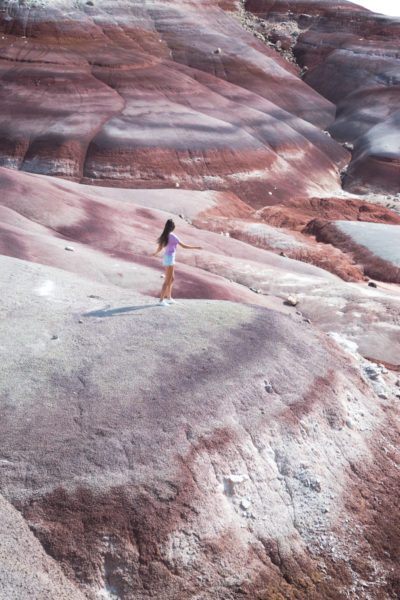
3. Bryce Canyon National Park
Bryce Canyon is really a strange place. It’s filled with orange rock formations called hoodoos, which happen to be all over the place. Bryce is fairly small for a national park. There are different trails around the hoodoos which are fun to take but for the most part, the only attraction is the hoodoos.
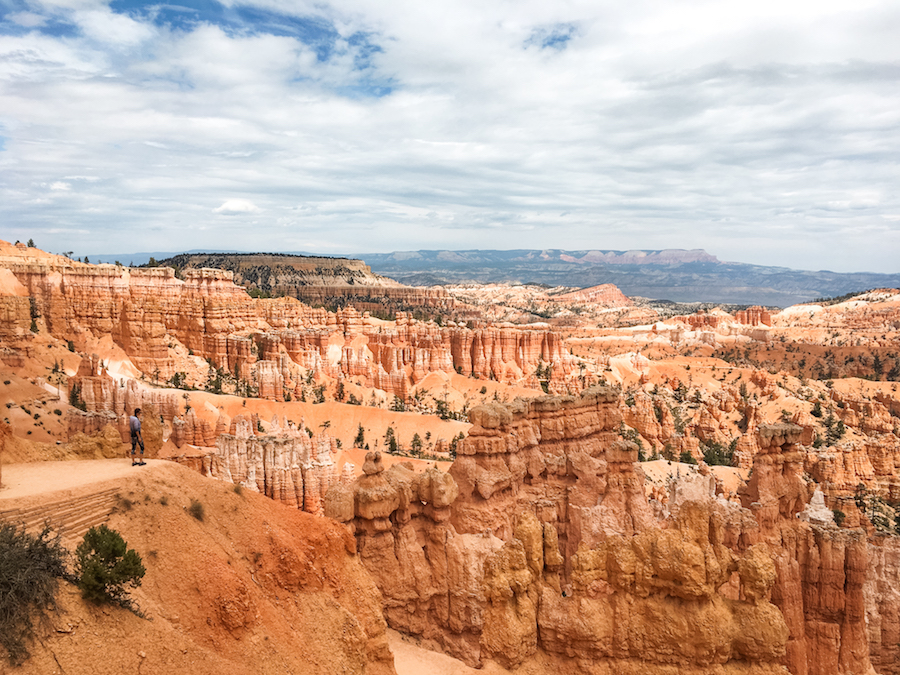
The reason it gets #3 for me is because they are incredibly unique. The hoodoos are such a weird phenomenon and are really something else to see. You’ll also see some white stripes on them too. You see a lot of orange and red rocks throughout Utah but these are different.
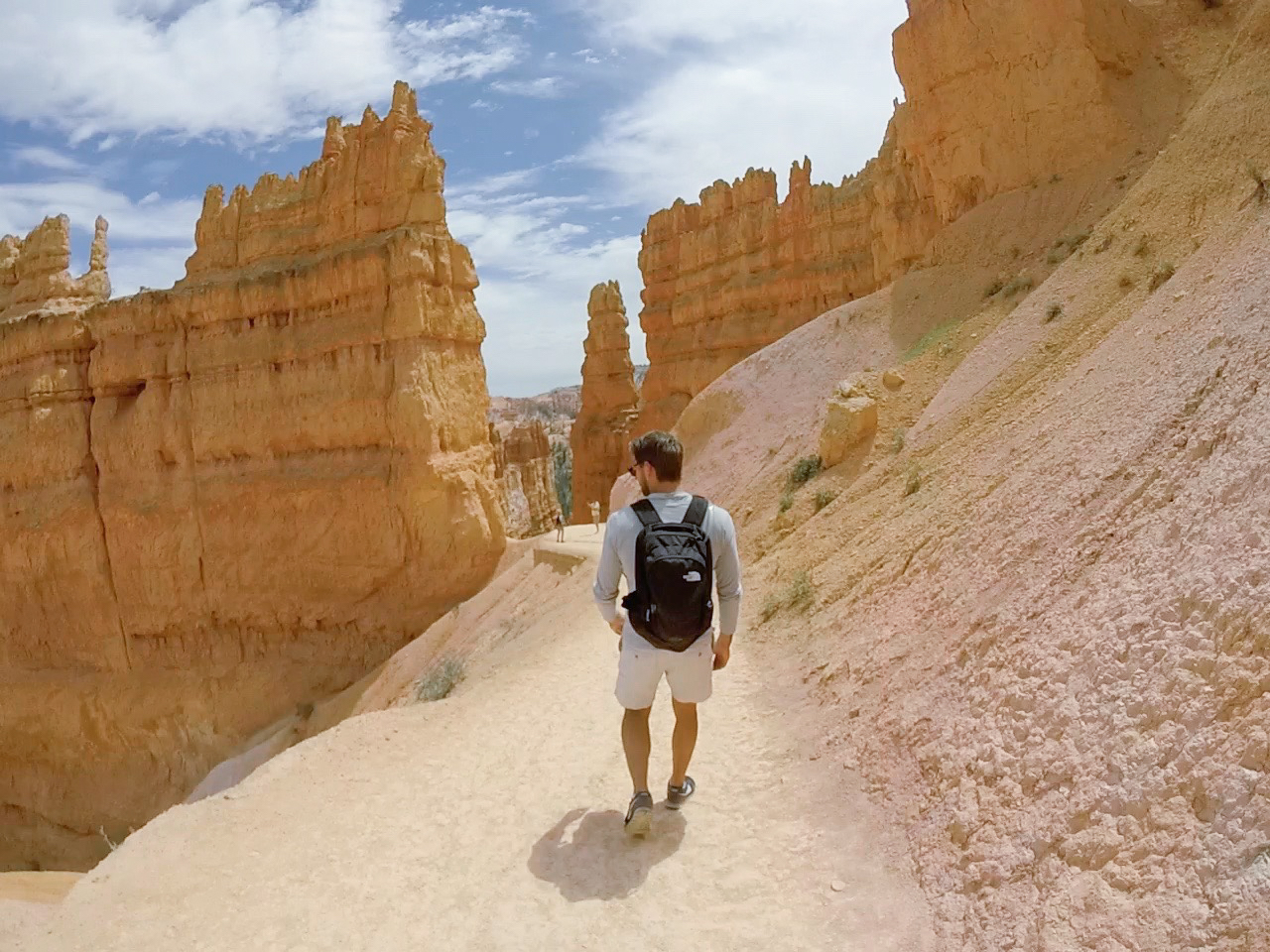
The trails wrap around the hoodoos and get you up close and personal. The scenery is great, and being able to hike around them on little paths gives it a neat perspective.

2. Zion National Park
At #2, we have Zion. Surprised it’s not #1? Zion seems to be growing in popularity. It’s the 4th most visited park in the USA with over 4 million visitors. Zion has a pretty iconic view of lush greenery between rock walls that make it look like it’s a Jurassic Park scene.
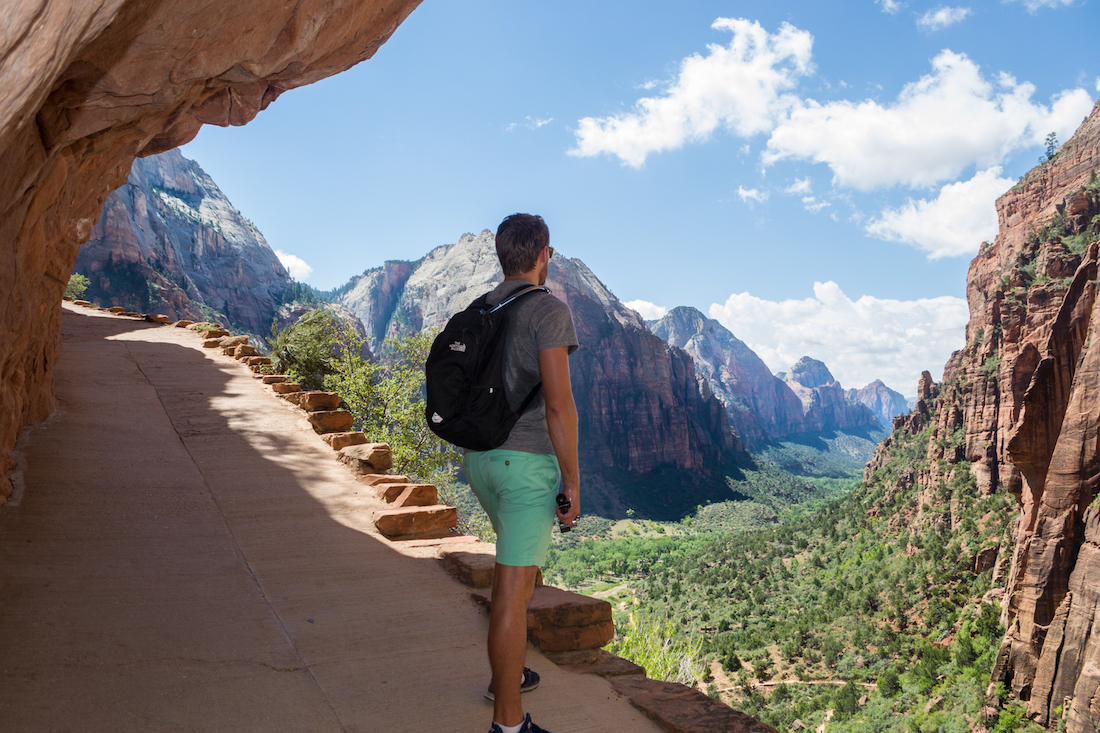
It also has some amazing hikes to do, one of which will lead you along a narrow little path in the sky dubbed “America’s most dangerous hiking path”. It’s a crazy experience and has some awesome views of the valley below.
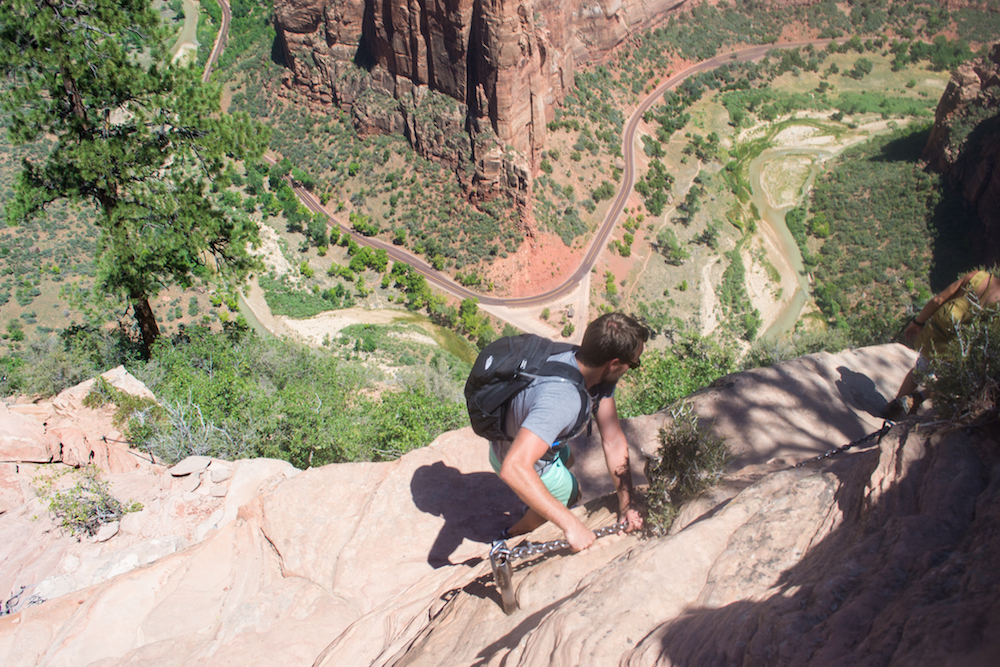
But then you can do a completely chill hike (apart from the hidden underwater rocks you might stumble over) called the Narrows. This hike provides a very different change of scenery and is a highlight of Zion.
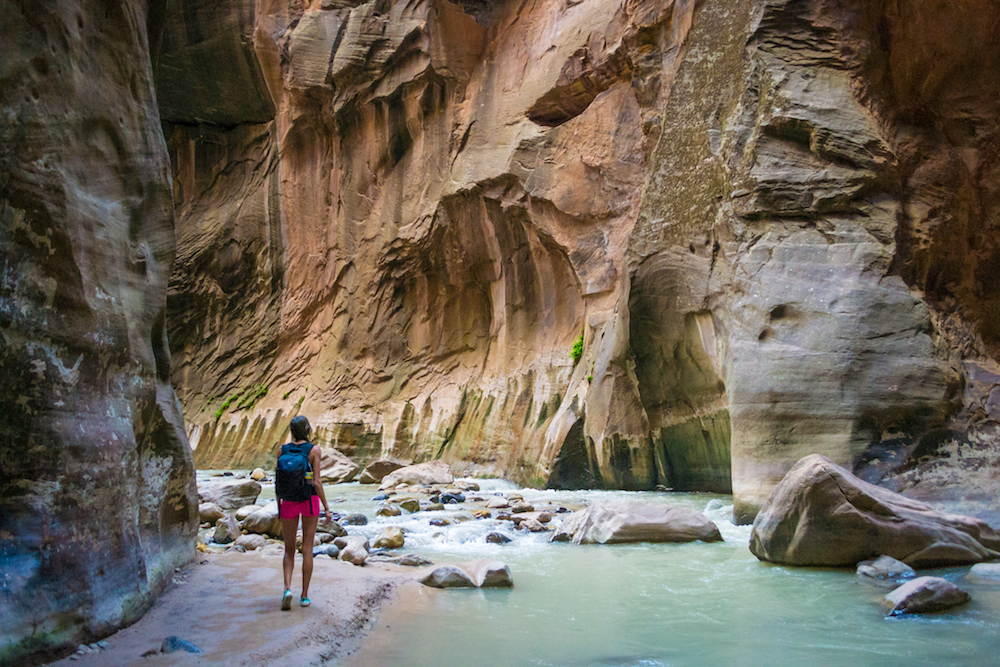
Overall, the scenery is beautiful and the hikes are really worth doing. The two hikes mentioned above nearly put it at #1.
1. Canyonlands National Park
Of the Big 5 national parks, #1 on my list is Canyonlands. I love this park and I’ll tell you why. First of all, it’s entirely underrated which means it’s not crowded. Second of all, there are so many different types of landscapes here that I was shocked each time I walked up to a viewpoint. Actually shocked. It’s a huge area–nearly 10 times bigger than Bryce Canyon.
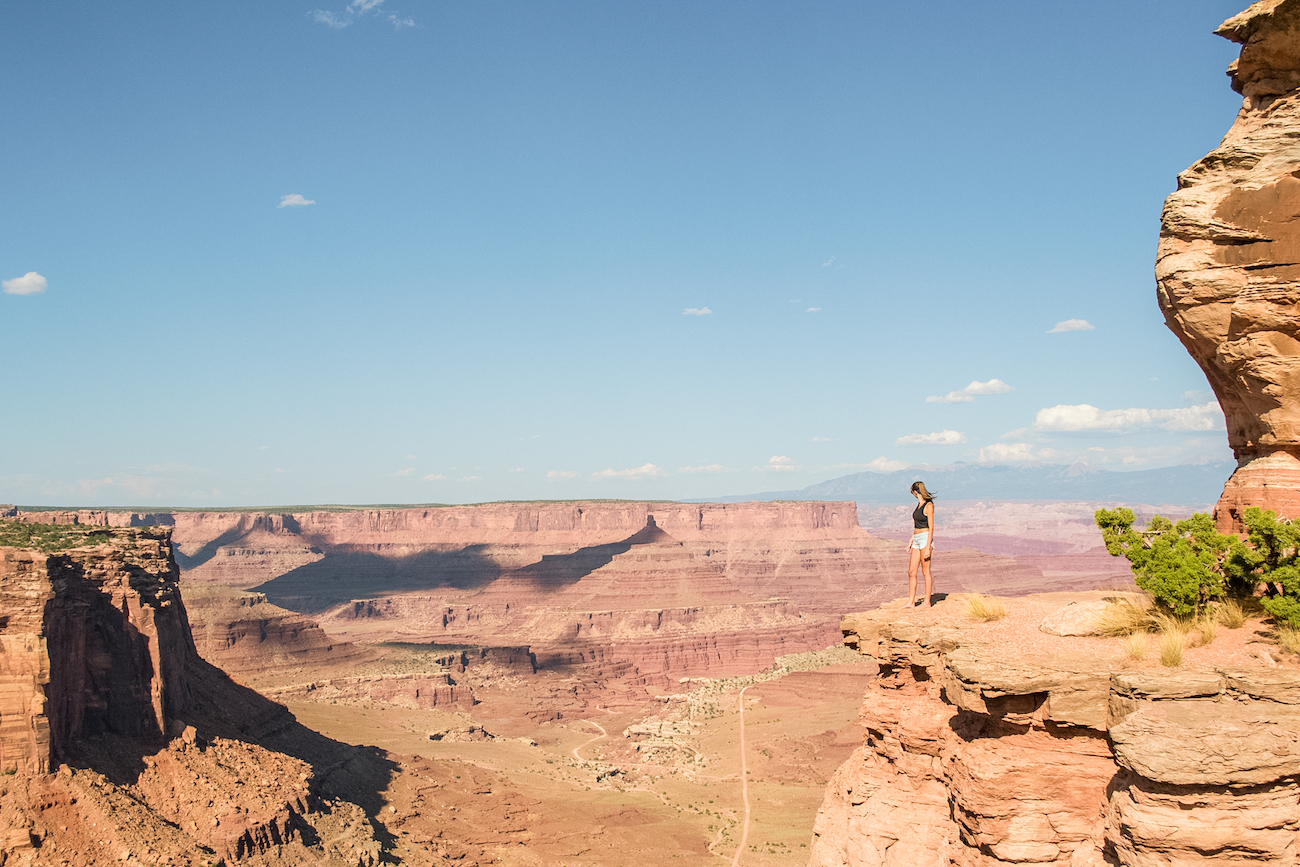
There are several parts to the park. One that has insane landscape and easy to walk up to viewpoints and others that are more off the grid and may require a 4×4 vehicle and hiking. The Needles section has spires similar to Bryce Canyon and the Maze is a canyon section that’s pretty off the grid and self explanatory–not for the novice hiker!

The canyons here are so big that it’s hard to see the other side. Plus the formations they’ve created are truly crazy. The one below looks like a giant T-rex footprint!

Because Canyonlands is so underrated, you don’t see as many pictures of it as you do Bryce and Zion. And in a way I think that’s what makes it so much more interesting to see. I had no idea what to expect here and was blown away at each stop we took. The landscape is so unexpected and I cannot emphasize enough how much I enjoyed this park.
And there you have it: the Big 5 national parks ranked from least favorite to most favorite! And while I liked some more than others, they all have something to see. You could spend an endless amount of time exploring Utah and the national parks.
Other Amazing Utah Adventures:
PIN IT FOR LATER
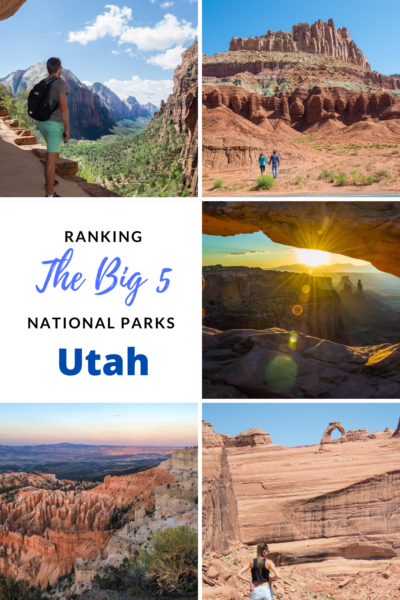


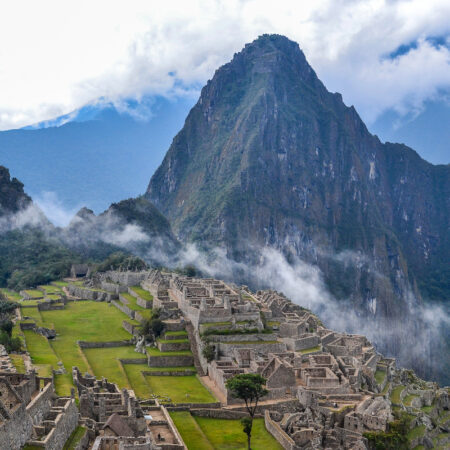
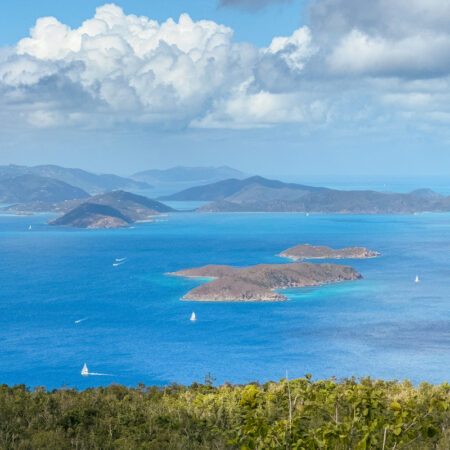
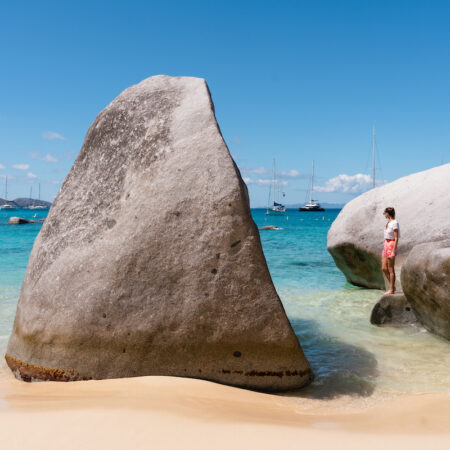

Capitol Reef orchards are lovely when they are blooming in the spring. Gifford house has delicious fruit pies and the trails inside the park are terrific and less crowded than the other parks at least that is what I found in late March.